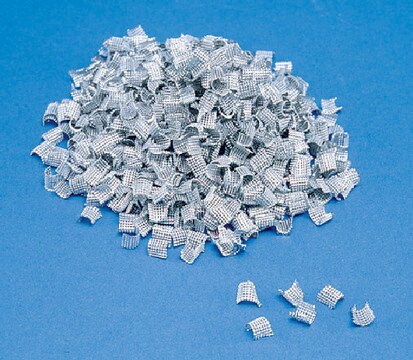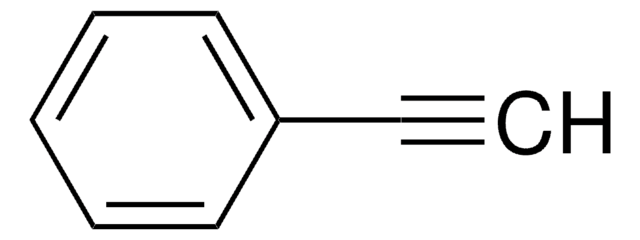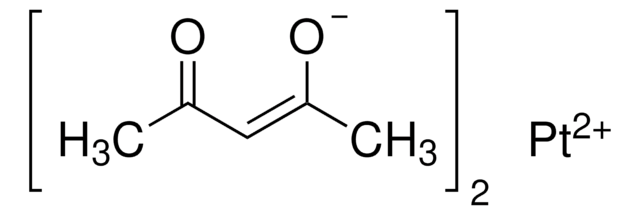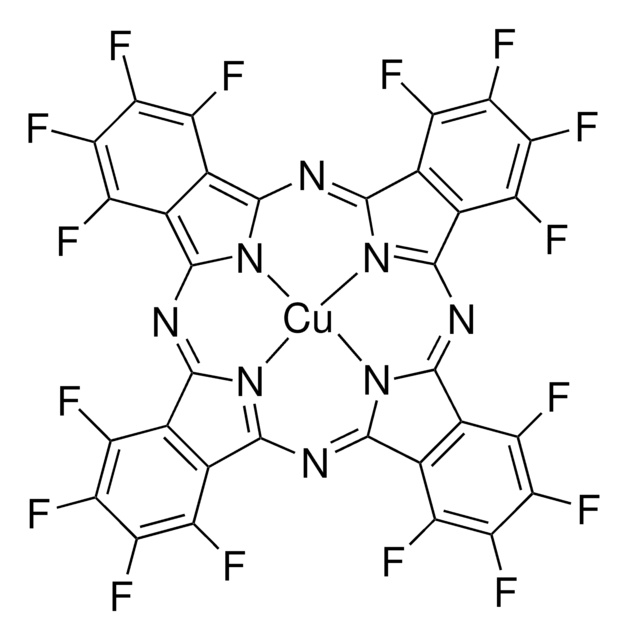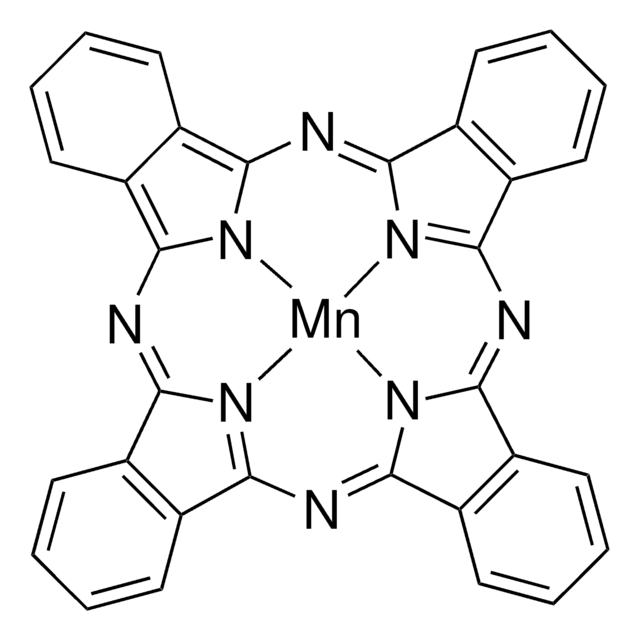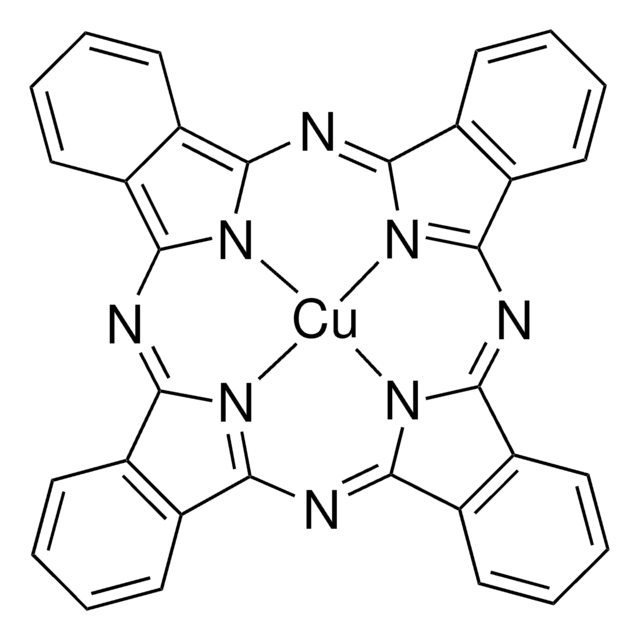791466
EL-HSE high stability electrolyte
Synonym(s):
EL-HSE, EL-HSE electrolyte, Greatcell Solar®
About This Item
Recommended Products
form
liquid
color
semi-transparent amber
refractive index
n20/D 1.442
conductivity
8-10 mS/cm at 20 °C
density
1.034 g/mL at 25 °C
Application
This is the “work horse” electrolyte system for long term stability testing. Particularly suitable for glass or metal/glass substrate-based DSC systems.
Outstanding stability has been achieved with EL-HSE, 25,600 hours of continuous light soaking at 55-60°C and 3,000 hours at 85°C.
Legal Information
Greatcell Solar is a registered trademark of Greatcell Solar Materials Pty Ltd.
Signal Word
Danger
Hazard Statements
Precautionary Statements
Hazard Classifications
Eye Dam. 1 - Skin Irrit. 2 - STOT RE 2 Oral
Target Organs
Thyroid
Storage Class Code
10 - Combustible liquids
WGK
WGK 2
Flash Point(F)
151.0 °F
Flash Point(C)
66.11 °C
Choose from one of the most recent versions:
Certificates of Analysis (COA)
Don't see the Right Version?
If you require a particular version, you can look up a specific certificate by the Lot or Batch number.
Already Own This Product?
Find documentation for the products that you have recently purchased in the Document Library.
Articles
Dye-sensitized solar cells (DSCs) are 3rd generation solar cells combining the promise of high efficiency with low production costs.
While dye sensitization as the basis for color photography has been accepted for a very long time,1 attempts to use this principle for the conversion of solar light to electricity generally had resulted only in very low photocurrents, below 100 nA/cm2.2
Our team of scientists has experience in all areas of research including Life Science, Material Science, Chemical Synthesis, Chromatography, Analytical and many others.
Contact Technical Service